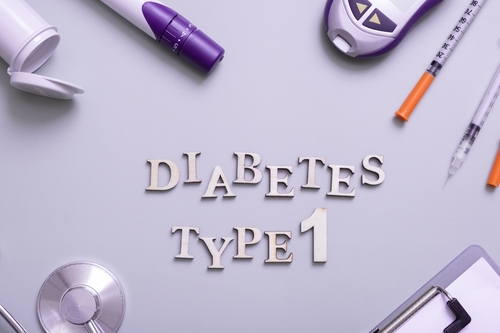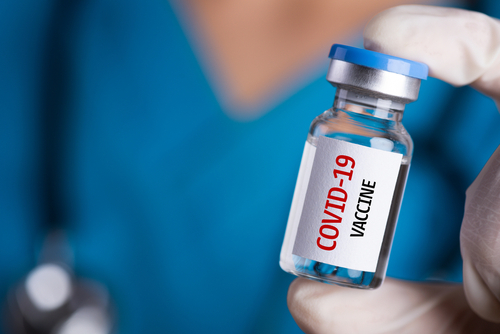
Some Caucasian patients hospitalized with COVID-19 develop potentially deadly blood clotting in their lungs, according to the findings of a study published in British Journal of Haematology.
In this study, researchers assessed 83 patients (55 male, 28 female, 81% Caucasian, 12% Asian, 6% African, and 1% Latino/Hispanic) who tested positive for COVID-19 and were admitted to the hospital between March 13, 2020, and April 10, 2020. They identified underlying comorbidities in 80.7% patients. All patients in the analysis all received supportive care, including the use of supplemental oxygen where indicated, as well as low molecular weight heparin (LMWH) for thromboprophylaxis, unless contraindicated.
At admission, the COVID-positive patients underwent a battery of tests and throughout hospitalization, including measures of coagulation, D-dimer level, platelet counts, and fibrinogen testing. Researchers separated the cohort into two groups based on whether they had to be admitted to the ICU for ventilator support or died due to COVID-19 infection, versus those who were discharged without requiring ICU support.
The researchers observed elevated D-dimer levels at admission, which remained higher in those patients who eventually needed ICU admission. “Similarly, fibrinogen and CRP levels were also both significantly elevated in the poor prognosis group,” the authors wrote. “The marked increase in D-dimer levels is consistent with progressive activation, along with concurrent activation of fibrinolysis within the lungs.” However, they noted that despite increased D-dimer levels, platelet counts were normal. “Thus, despite the fact that thrombotic risk is much higher in Caucasian patients and the significant elevated levels of D-dimers observed, overt DIC as defined according to the ISTH SSC DIC score was present in none of our COVID-19 patients at time of admission.”
“Our novel findings demonstrate that COVID-19 is associated with a unique type of blood clotting disorder that is primarily focused within the lungs and which undoubtedly contributes to the high levels of mortality being seen in patients with COVID-19,” said James O’Donnell, MD, director of the Irish Centre for Vascular Biology, RCSI, and consultant hematologist at the National Coagulation Centre in St James’s Hospital, Dublin in an article about the study.
Blood Clotting Patterns in Lungs of COVID-19 Patients May Help Explain Apparent Differences in Mortality https://t.co/Hf8BJXcQVj via @GENbio
— Dr Anthony Martin (@AMAinsight) May 1, 2020
“In addition to pneumonia affecting the small air sacs within the lungs, we are also finding hundreds of small blood clots throughout the lungs,” O’Donnell stated. “This scenario is not seen with other types of lung infection, and explains why blood oxygen levels fall dramatically in severe COVID-19 infection.”
“Understanding how these micro-clots are being formed within the lung is critical so that we can develop more effective treatments for our patients, particularly those in high-risk groups,” O’Donnell commented. “Further studies will be required to investigate whether different blood thinning treatments may have a role in selected high-risk patients in order to reduce the risk of clot formation.”







 © 2025 Mashup Media, LLC, a Formedics Property. All Rights Reserved.
© 2025 Mashup Media, LLC, a Formedics Property. All Rights Reserved.